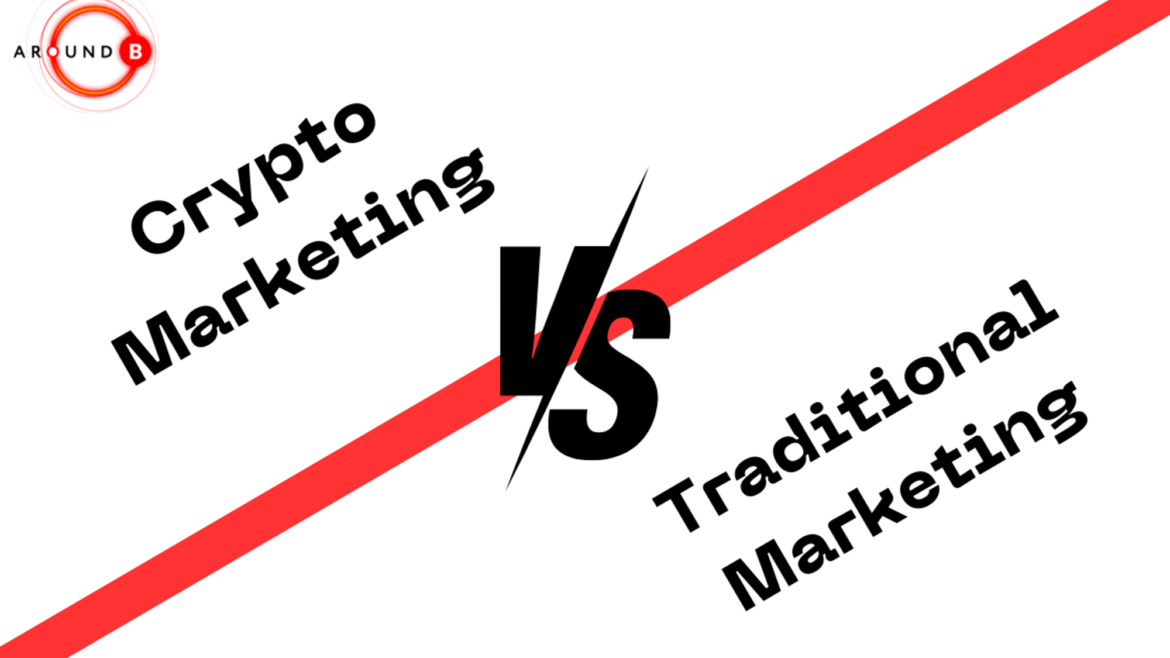
22 Jul 2024
Crypto marketing and traditional marketing differ significantly in their strategies, target audiences, and channels. Here’s a comparison between the two:
- Target Audience:
- Crypto Marketing: Targets tech-savvy individuals, early adopters, and those interested in blockchain technology and digital assets.
- Traditional Marketing: Targets a broader audience based on demographics, psychographics, and behavioral characteristics.
- Channels:
- Crypto Marketing: Utilizes digital channels such as social media, cryptocurrency forums, influencer marketing, crypto-related websites, and blogs.
- Traditional Marketing: Utilizes online and offline channels including television, radio, print media, billboards, direct mail, and events.
- Messaging:
- Crypto Marketing: Focuses on educating the audience about blockchain technology, the benefits of cryptocurrencies, and investment opportunities. Emphasizes decentralization, security, and financial sovereignty.
- Traditional Marketing: Focuses on promoting products or services, creating brand awareness, and driving sales. Messaging often revolves around features, benefits, and emotional appeals.
- Regulatory Environment:
- Crypto Marketing: Operates in a rapidly evolving regulatory landscape with varying levels of clarity and enforcement. Compliance with regulations such as KYC (Know Your Customer) and AML (Anti-Money Laundering) is essential.
- Traditional Marketing: Operates within established regulatory frameworks with clearer guidelines and enforcement mechanisms.
- Metrics and Analytics:
- Crypto Marketing: Relies heavily on digital analytics tools to track metrics such as website traffic, social media engagement, token price movements, and user acquisition costs.
- Traditional Marketing: Utilizes a mix of traditional market research methods and digital analytics to measure metrics such as brand awareness, reach, customer satisfaction, and return on investment (ROI).
- Community Engagement:
- Crypto Marketing: Places a strong emphasis on community engagement, with projects often building dedicated communities on social media platforms, forums, and messaging apps. Community feedback and participation are highly valued.
- Traditional Marketing: Engages with customers through traditional customer service channels such as phone calls, emails, and in-person interactions. Community building may be less prominent compared to crypto marketing.
- Innovation and Experimentation:
- Crypto Marketing: Embraces innovation and experimentation, with projects constantly exploring new marketing tactics, technologies, and platforms to reach and engage their audience.
- Traditional Marketing: Can be more conservative in adopting new technologies and approaches, often relying on proven methods and established channels.
In summary, while both crypto marketing and traditional marketing aim to achieve similar goals of promoting products or services, their strategies, target audiences, channels, and regulatory considerations differ significantly due to the unique characteristics of the cryptocurrency and blockchain industry.

